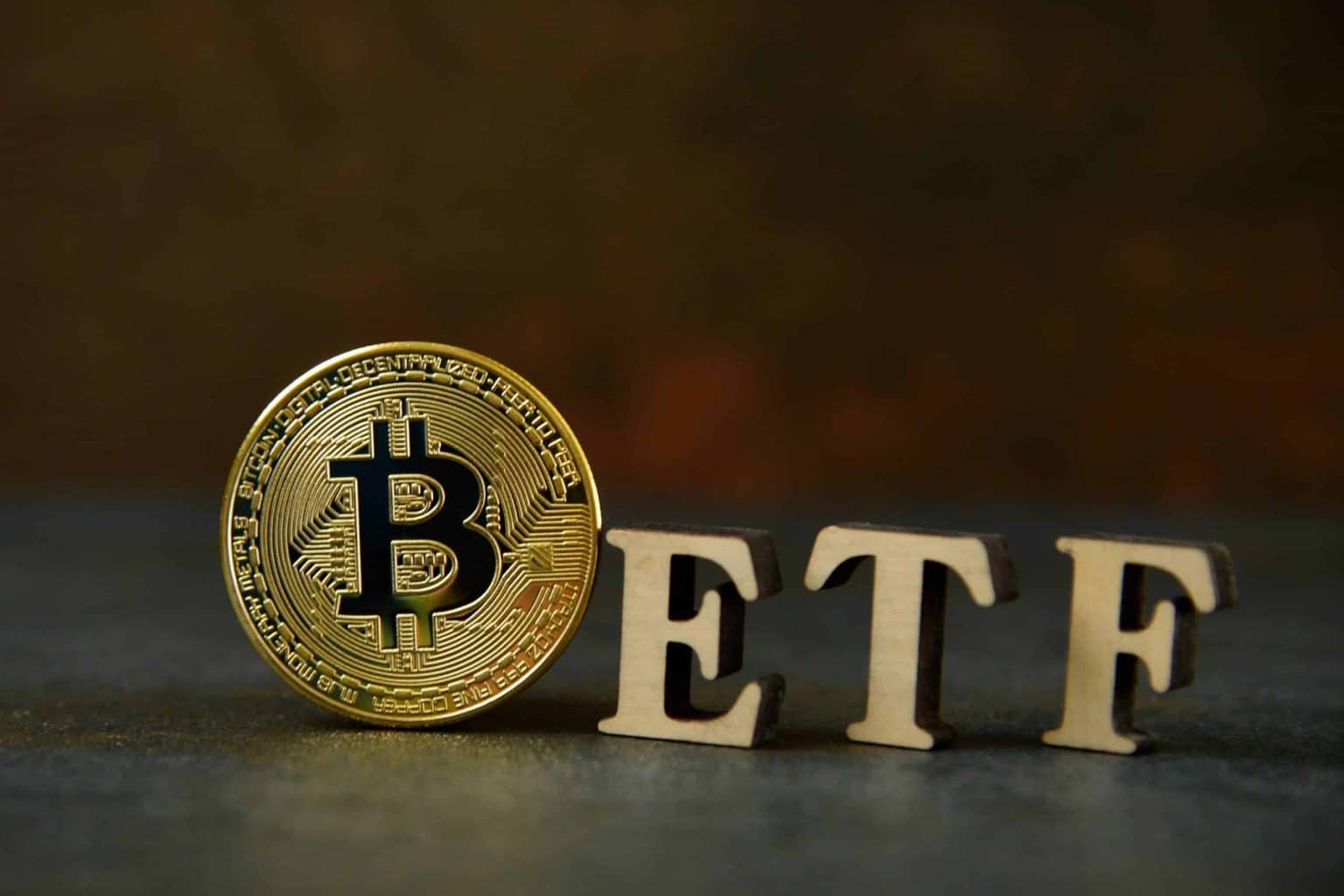You will return to dust
Examining Various Feerates and Their Impact on the Economics of Utilizing UTXOs with Varying Values
Consider a doomsday scenario. You spend the past couple years diligently dollar cost averaging and withdrawing to your wallet. You have a ton of small UTXO’s and bitcoin transaction fees rise so much that your bitcoin turns into dust. You’re now unable to spend your bitcoin. For some bitcoin users, this is not a doomsday scenario, this is a reality that they experienced over the past 6 months.
During 2023 we saw very big fluctuations in bitcoin transaction fees as Ordinals brought a flood of new bitcoin users and with that significant increase in blockspace demand. Despite the positive press from the Bitcoin Spot ETF approval, users have faced serious challenges from high transaction fees, especially for users who have small UTXO’s. In some cases, UTXO’s were unspendable, also known as turned into dust. This transaction fee pain led many people to ask the question, how can I know if my UTXO’s are at risk? For this article, we will explore the point at which dust is created and try to help lay out a minimum plan to mitigate this risk.
The Dust Dilemma
Over the past 6 months, we have seen wild swings in median bitcoin transaction fees. We saw mempools clear with 0 sat/vB and soar higher than 350 sat/vB. While that might not mean much to you at face value, it can mean big challenges for users who are sending multiple small value SegWit UTXO’s in single transactions. In fact, some users saw their UTXO’s turn into dust. This obviously caused panic, and for some, it was an expensive lesson in UTXO management.
- Bitcoin: The Unshakeable Digital Gold
- The Battle Between Techno-Optimists and Pessimists: Exploring the Evolution of the Internet
- When is a Ponzi scheme truly a Ponzi scheme?
If you’re wondering why this matters, let me break it down for you. Let’s say you have multiple small UTXOs in your wallet, and you want to send them all in a single transaction. If the transaction fee is too high compared to the value of the UTXOs, it becomes uneconomical to spend them. They become dust, worthless and unspendable. And trust me, you don’t want that.
The Dust Table
To understand when UTXOs become dust, we need to look at the relationship between the sum of UTXOs being sent, the total weight units (a measure of the transaction’s size), and the transaction fee in sat/vB. By using a formula, we can calculate the transferred value of a transaction after deducting the transaction fee.
Transferred Value = BTC Sent – ((Total Weight Units / 4) * Transaction Fee in sats/vB * 0.00000001)
Using this formula, we can build a dust table that shows at which fee rate a specific Bitcoin amount becomes dust. Let’s take a look:

The Dust Table reveals some telling information. Dust is real, and the threshold is lower than I imagined. As transaction fees continue to rise, larger valued UTXOs become more at risk. During the peak transaction fee times over the past month, our example transaction would be dust even for 0.001 BTC. That’s a little less than $50 at current market conditions. This feels incredible. 100,000 sats suddenly turned into dust. Gone. Unusable. This is terrifying.
The Dust Extremes
Modeling out the dust threshold for UTXOs is an interesting experiment because it shows you how crazy things have to get before BTC becomes dust. Let’s take a look at the following table, which shows the fee rate at which a BTC amount being sent in a 1,528 weight unit transaction will turn into dust:
| BTC Amount | Dust Threshold (sat/vB) |
|---|---|
| 0.00000001 | 1 |
| 0.0000001 | 1 |
| 0.000001 | 1 |
| 0.00001 | 3 |
| 0.0001 | 27 |
| 0.001 | 262 |
| 0.01 | 2,618 |
| 0.1 | 26,180 |
As you can see, even the smallest BTC amounts can turn into dust if the fee rate is high enough. It’s important to be aware of this and adjust your transaction strategy accordingly.
Signing a UTXO
Another key finding in all this research is the cost of signing a single standard (P2PKH) UTXO. This is an extreme on the small side because it is one of the smallest transactions you can make. Here are the specifics:
- Standard (P2PKH) Script Type
- 1 input
- 1 Pubkey
- 0 Outputs
- 632 weight units
Let’s take a look at the economics of signing a single standard UTXO with one signature, one pubkey, and 0 outputs weighing 632 weight units:
| Fee Rate | Signature Cost |
|---|---|
| 1 | -0.00000158 |
| 10 | -0.00001580 |
| 25 | -0.00003950 |
| 50 | -0.00007900 |
| 100 | -0.00015800 |
| 200 | -0.00031600 |
| 300 | -0.00047400 |
| 400 | -0.00063200 |
| 500 | -0.00079000 |
With this information, you can understand the minimum cost of making Bitcoin transactions.
Key Takeaways
- Dust threshold is lower than you think, especially in high transaction fee markets. Be aware of the fee rates and adjust your transaction strategy accordingly.
- When withdrawing BTC from exchanges, consider waiting until your balance is ≥ 0.01 before sending it to your storage. This will help mitigate the risk of dust.
- If you have many small (< 0.001 BTC) UTXOs, you must consolidate them into larger UTXOs while fees are low to avoid the risk of turning them into dust.
You don’t have a crystal ball, and there are only so many things in your control. BTC price, blockspace demand, hashprice, hashrate, and bitcoin in general are out of your control. But you can control your UTXOs. The best thing you can do is be prepared for the inevitable high fee market. It will happen or Bitcoin will fail, I don’t make the rules. Do not let your precious bitcoin turn into dust. Remember this, if you do nothing then to dust you shall return.
“By the sweat of your face you shall eat bread, till you return to the ground, for out of it you were taken; for you are dust and to dust you shall return.” – Genesis 3:19
Frequently Asked Questions
Q: How can I prevent my UTXOs from turning into dust?
A: The key is to make sure your UTXOs have enough value to justify the transaction fees. Avoid having too many small UTXOs in your wallet and consolidate them into larger UTXOs whenever possible. Additionally, consider waiting until your balance is at least 0.01 BTC before sending it to your storage.
Q: What happens if my UTXOs turn into dust?
A: If your UTXOs turn into dust, they become unspendable and worthless. You won’t be able to use them for transactions. It’s important to avoid this scenario by understanding the dust thresholds and managing your UTXOs effectively.
Q: Are there any tools or services that can help me manage my UTXOs?
A: Yes, there are several tools and services available that can help you analyze and manage your UTXOs. These include UTXO analyzers, fee calculators, and wallet managers. It’s worth exploring these options to optimize your Bitcoin transactions.
Future Outlook and Investment Recommendations
Based on the trends we’ve seen in the past 6 months, it’s clear that transaction fees can have a significant impact on the usability of Bitcoin. As more users join the network and blockspace demand increases, transaction fees are likely to rise further. This has implications for both day-to-day transactions and long-term storage strategies.
For day-to-day transactions, it’s important to be aware of the prevailing fee rates and adjust your spending habits accordingly. Wait for low fee periods or consolidate your UTXOs to minimize the risk of dust.
For long-term storage strategies, it’s crucial to ensure that your UTXOs are of sufficient value to justify the transaction fees. Aim for UTXOs larger than 0.01 BTC to mitigate the risk of dust in high fee environments.
In terms of investment recommendations, it’s always wise to diversify your portfolio and consider the long-term potential of Bitcoin. Despite the challenges posed by transaction fees, Bitcoin remains a valuable asset with a solid track record. Stay informed, monitor the market trends, and make strategic investment decisions based on your risk tolerance and financial goals.
References
- UTXO – Unspent Transaction Output
- Dust in Bitcoin
- Ordinals Inscriptions
- Weight Units in Bitcoin
- Lopp’s Transaction Calculator
We will continue to update Blocking; if you have any questions or suggestions, please contact us!
Was this article helpful?
93 out of 132 found this helpful
Related articles
- Shift in Illicit Crypto Activity: Beyond Bitcoin
- 💼 Introducing Billy Mullins: MatterFi’s New CTO
- 🚀 Spot Bitcoin ETFs: A Roller Coaster Ride for Bitcoin, But Don’t Give Up Hope! 🎢💰
- Introducing Mercury Layer: A Paradigm Shift in Statechains
- How to Collect Art: A Systemic Approach to Turning a Profit
- Crypto Regulation Made Easier: Europe’s MiCA Initiative
- Crypto advocates made a case for decentralized AI at the Davos conference.






